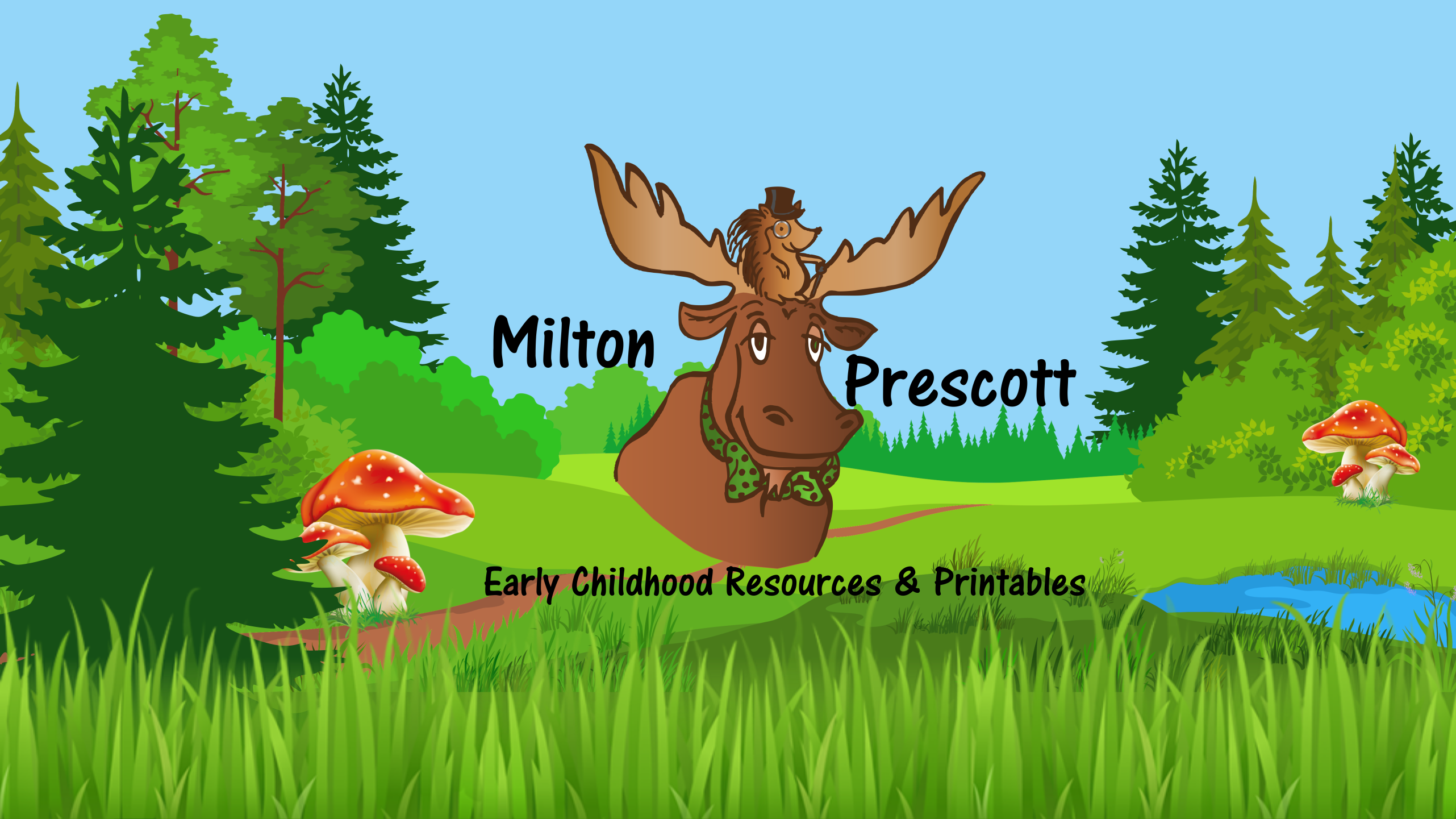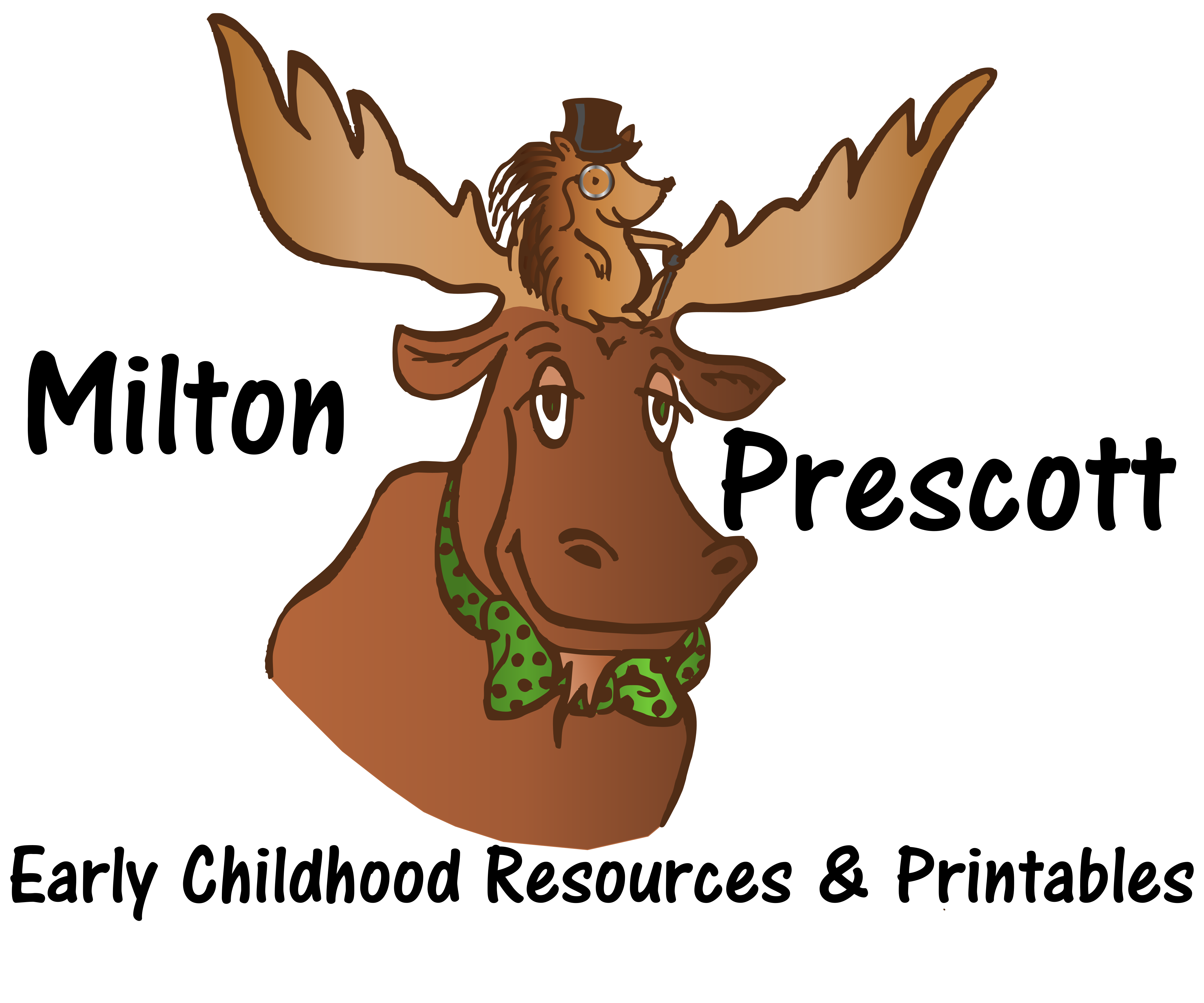this is a page for
Daily Archives: January 7, 2017
Sight words, popcorn words, high frequency words, focus words – no matter what we call them children must know them on sight and be able to recall them quickly. There is no way around teaching sight words, it’s a must. Seriously, try sounding out the word you using basic letter sounds. Sounds pretty far from reality doesn’t it. You is one of my favorite words to sound out for parents during conferences because it drives home the fact that some words just don’t follow any rules.
If that’s the case then what about the color word red or go, up and not? These words follow rule patterns and the letters make their common sounds. Why are they considered sight words? Another label for sight words is high frequency. Red, go up, not and other commonly accepted sight words are really high frequency words. They do follow rule patterns and are easily sounded out. However, they appear so often in texts that to be dependent on sounding them out would dilute the readers understanding. Sounding out … /C/ /a/ /t/ /s/ /c/ /a/ /n/ /r/ /u/ /n/ /f/ /a/ /s/ /t/. Is much more difficult, not the mention time consuming, then reading… Cats can run fast.
Put the two types of words together and you get what we refer to as sight words or high frequency words. These labels are used interchangeably and accepted to describe both types of words.
Dolch Sight Words are the most commonly used list of sight words in the education setting – home, public or private. Dr. Edward William Dolch’s research of children’s books resulted in a list of words he termed “service words”. Dolch states that knowing these 220 words on sight, many which do not follow established phonetic rules, increases a budding reader’s fluency.
Dolch Sight Word lists are easily found all over the internet. dolchword.net has several lists available in various formats.
Thoughts from my classrooms…
I am a strong believer that patterned procedures create a learning environment where students are more focused on the concept than the process used to teach the concept. This belief is the foundation upon which I build many of my units. My sight word units are perhaps the best example of patterned learning in my classroom.
I teach sight words in both kindergarten and pre-k. Kindergarten because I had to and pre-k when they are ready. The Pre-Primer Unit Overview explains in more detail how I taught sight words in Kindergarten and teach them now in Pre-K.
I teach sight words using the sequence below.
| Reader Number | Focus Words | Reader Title | Sight Word Unit |
| 1 | I, see, a | I See | Pre-Primer |
| 2 | I, see, the | See | Pre-Primer |
| 3 | I, see, a, the | I See The | Pre-Primer |
| 4 | I, see, a, the, and | I See A | Pre-Primer |
| 1 | one, red, blue | One Red, One Blue | Color & Number |
| 2 | two, green, yellow | Two Green, Two Yellow | Color & Number |
| 3 | three, orange, black | Orange and Black | Color & Number |
| 4 | four, brown, pink | See Brown and Pink | Color & Number |
| 5 | five, gray, white | Five | Color & Number |
| 6 | six, seven, purple | Purple | Color & Number |
| 7 | eight, nine | Eight and Nine | Color & Number |
| 8 | ten, zero | Ten | Color & Number |
| 5 | go, in, can, you | Can You | Pre-Primer |
| 6 | is, it, big, look | Look | Pre-Primer |
| 7 | run, away, where, here, to | Run | Pre-Primer |
| 8 | my, play, funny, jump | Funny | Pre-Primer |
| 9 | me, find, up, down | Find Me | Pre-Primer |
| 10 | we, come, for, said, help | Come Help | Pre-Primer |
| 11 | little, make, am, not | Little | Pre-Primer |
Many number and color words are spread throughout the Dolch word lists. Since we use number and color words so often in pre-k and kindergarten I have created a separate unit combining all the color and number words. I will post the Color and Number Word Unit soon.
I look forward to hearing how these activities help you and your students.
Enjoy!


